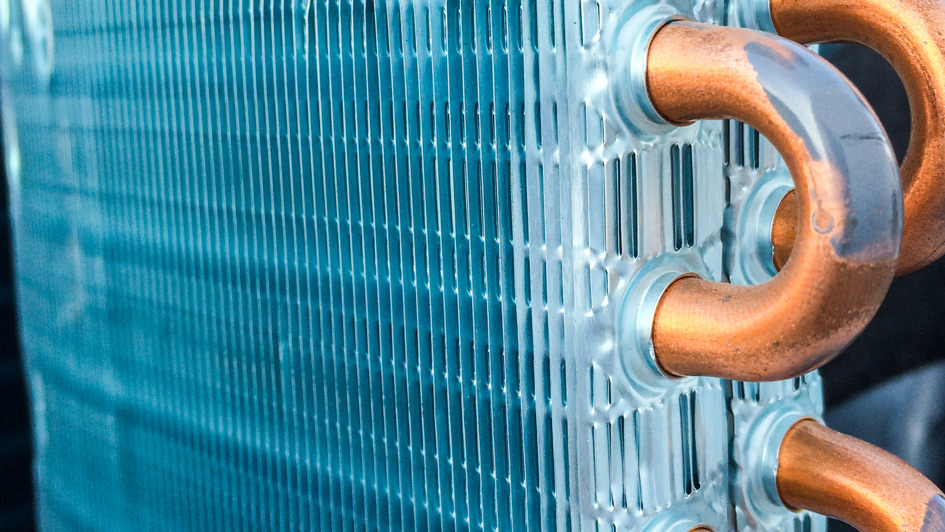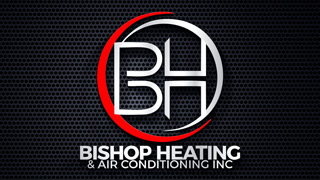
A furnace is usually a background player in your home, keeping you warm across the cold winter months. It regularly doesn’t get noticed until something breaks down.
One source might be that your furnace has a cracked heat exchanger. It can be a safety risk, so it’s worthwhile to learn the evidence of a cracked heat exchanger and what you should do if you suspect that might be the problem.
What Is a Heat Exchanger in a Furnace?
A heat exchanger helps move heat from the combustion chamber inside your furnace to the air that circulates throughout the ventilation. It typically handles this via coils or tubes that heat the air while acting as a barrier to keep gas created in the combustion chamber, called flue gasses, from leaking out into your home.
Is a Cracked Heat Exchanger Dangerous?
Given its important role, it shouldn't come as a surprise that a broken heat exchanger can pose a risk. A damaged heat exchanger can allow dangerous gasses – including carbon monoxide, which can be lethal – to be distributed across your home.
For that reason, do NOT run your heating if you suspect you're dealing with a cracked heat exchanger, as doing so could make the whole family ill. Reach out to an HVAC professional as soon as possible if you believe your heater has a cracked heat exchanger that needs to be repaired.
Four Warning Signs of a Cracked Heat Exchanger:
- Furnace turns off: A cracked heat exchanger can cause your furnace to shut off.
- Odd Smells: If the air coming out of your furnace has a powerful chemical scent, it might be evidence gas is leaking through cracks in your heat exchanger. These byproducts, which will often smell like formaldehyde, are a common warning sign.
- Carbon monoxide alarm initiates or you notice poisoning symptoms: If a cracked heat exchanger is emitting carbon monoxide in your home, your carbon monoxide alarm could go off or family members might start experiencing signs of carbon monoxide poisoning. Symptoms include headaches, dizziness, weakness, nausea, vomiting or feeling sleepy. If an alarm goes off or you feel unusually tired, get out of the home immediately and then call for help.
- Soot: If you spot black sooty collecting on the exterior of your furnace, it’s an indication something could be seriously wrong.
What You Can Do if Your Furnace Heat Exchanger is Cracked
If you worry your furnace has a cracked heat exchanger, call a professional experienced in furnace installation Bishop as soon as possible so they can examine your system and, if necessary, start a furnace heat exchanger replacement. Costs will fluctuate depending on the situation, but estimates can roughly suggest $1,000 to $3,000.
Fortunately, the good news is that heat exchangers are generally covered by the warranty. It's a good idea to check the warranty paperwork on your furnace, as while the warranty may not cover the entire cost of repairs, it can significantly reduce your bill.
How to Avoid a Cracked Heat Exchanger in Your Home
One of the easiest ways to prevent a problem in your furnace overall is with routine furnace maintenance. Furnaces provide the best possible return on investment when they run efficiently. Calling a trained professional to check your furnace for worn-out parts, dirty filters and other potential problems can keep you from getting a big bill later on.
It’s also a good idea to review your furnace filters every few months – it’s encouraged some filters be replaced every 90 days or sooner if they are dirty or grimy. While the filters aren't connected to the heat exchanger itself, the strain of drawing air through a clogged filter makes the entire furnace work more vigorously to complete its job. And the harder your furnace needs to run, the more wear and tear pieces like the heat exchanger will endure.
